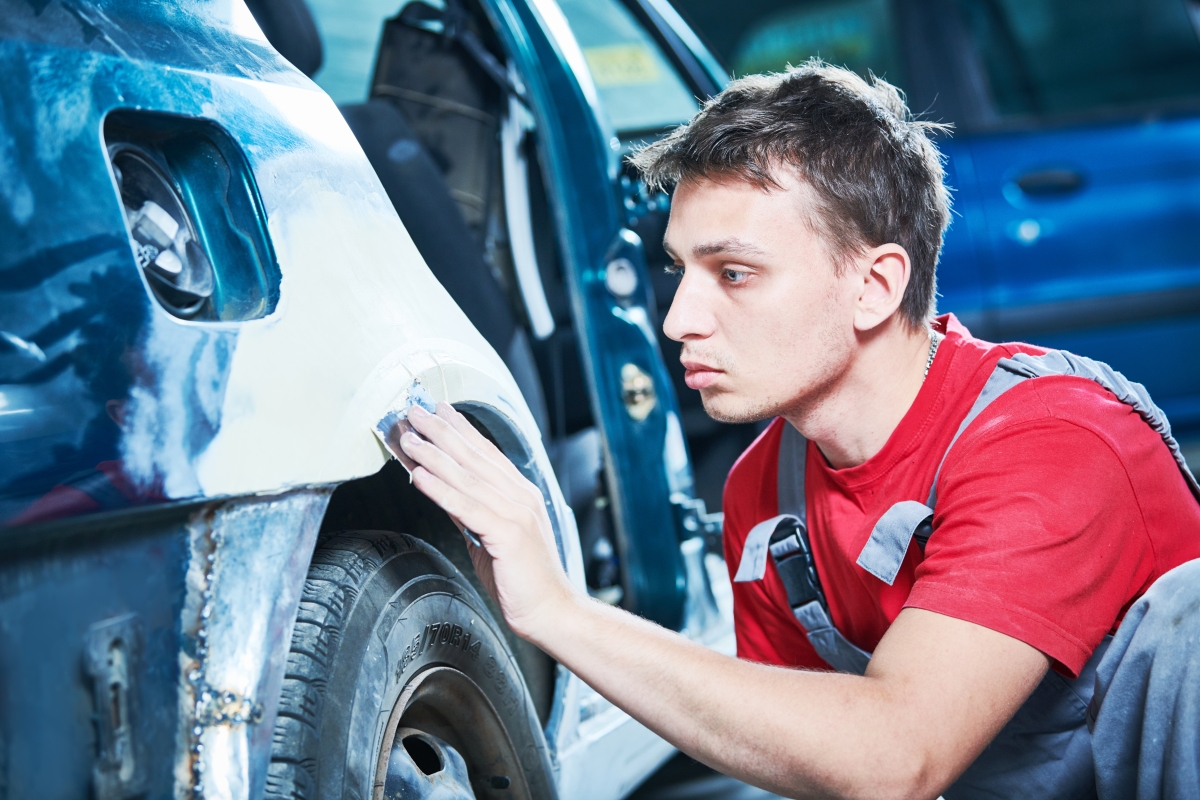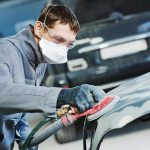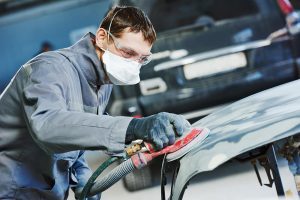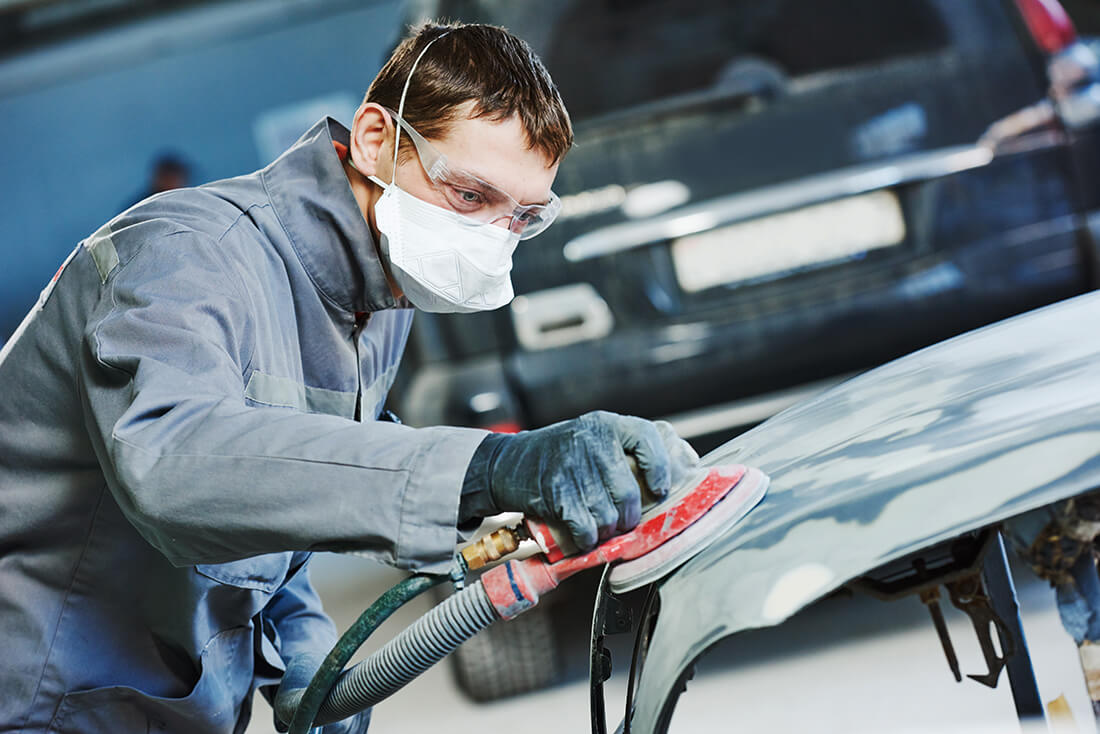Every day, vehicles face several minor damages from parking areas or road impacts that leave unwanted marks on their surfaces. Understanding different dent types helps owners choose the right fixing method without confusion. Each dent may require a unique technique depending on its depth, location, or surface size. The right approach helps maintain the strength and appearance of the exterior panel for a longer time while keeping repair expenses manageable. Paying attention to the size of damage and timely restoration helps preserve its original structure and value.
Small Round Marks
These are shallow spots often caused by light impacts from small objects. They appear as surface bends affecting only outer panels without harming the paint. Reliable workshops can suggest simple fixes that maintain the original coating quality. Early treatment avoids the spread or cracking of nearby layers. Choose trusted technicians for a lasting solution.
Crease Shaped Dents
These occur when an object drags across the metal, creating a long, stretched surface line. Such bends usually need professional reshaping service to restore smoothness. Here, click here to learn about methods that retain material strength through controlled heating. Specialists use tools designed for accurate pulling, which reduce indentation marks after recovery.
Sharp Pointed Dents
These dents form from objects with narrow edges pressing forcefully on one area. They can damage inner metallic fibers, requiring precision techniques. Trained experts often apply vacuum pulling for smooth panel correction. Fast treatment avoids deeper cracks that may spread further with pressure.

Wide Shallow Dents
Large areas with gentle dips appear when a wide object presses across panels. These require skillful reshaping processes for even surface alignment. Technicians gently raise metal using noninvasive methods that reduce further stretching. Paintless techniques often work well for such broad defects, enhancing durability.
Door Edge Marks
These small indentations happen from neighboring doors striking the panel. Early repair maintains exterior consistency. Professional centers provide targeted pressing that straightens bends cleanly. This simple process prevents rust development around affected areas, keeping the body solid for a longer time of use.
Weather-Related Dents
Storm debris or hail can leave round impressions on body panels. The best approach involves gentle pushing where the coating remains intact. Regular maintenance prevents weakening under new conditions. Trained experts ensure minimal disruption of the original polish while restoring smooth appearances uniformly.
Maintaining the surface condition adds life and visual appeal. Quality recovering keeps structural balance strong through advanced shaping tools, restoring smooth surfaces carefully. Treating mild issues immediately ensures lower later costs, protecting interior support layers. Professional help secures a durable finish, maintaining shine through precise workmanship always. Owners can click here for reliable experts who offer safe well well-tested correction processes designed for long-term strength.
















